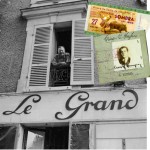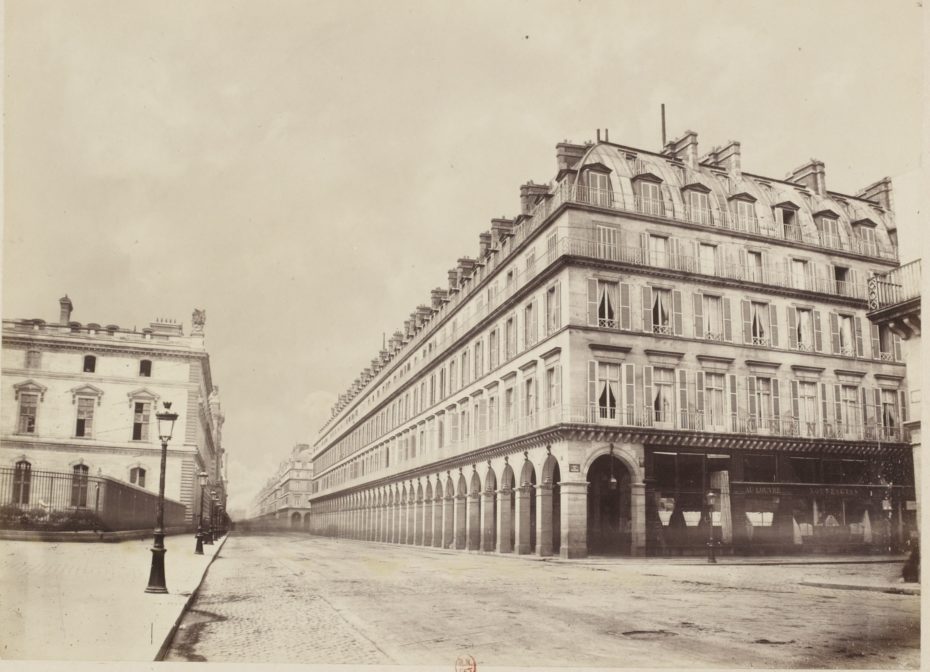
Rue de Rivoli
There was something strange about the collection of Paris photographs I stumbled upon in the archives of the French national library today. The streets and buildings looked surprisingly familiar despite the photographs being over 150 year old, but where were all the people? Was this Paris’ great disappearance act of the 19th century?
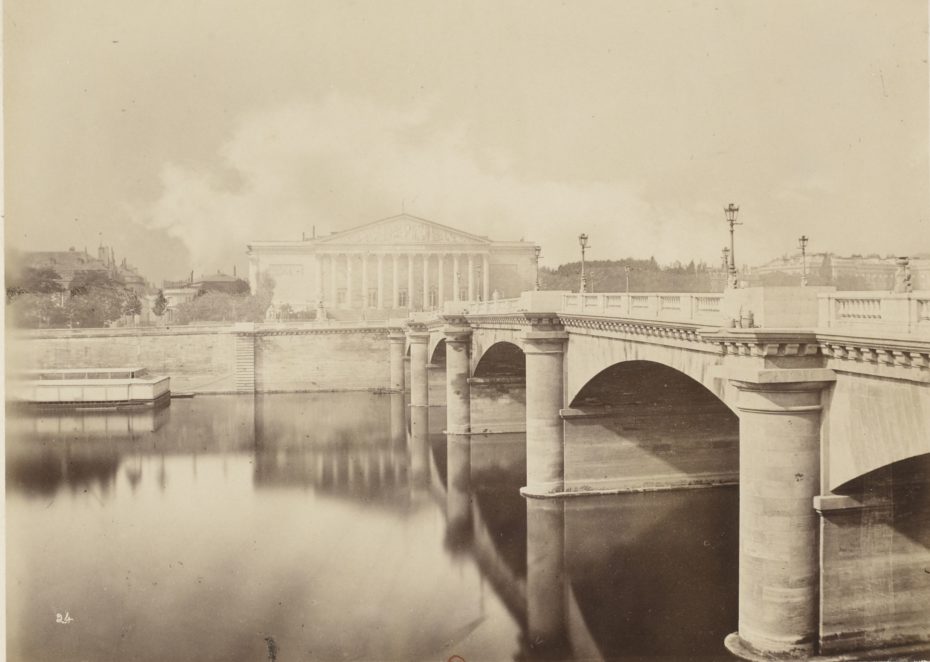
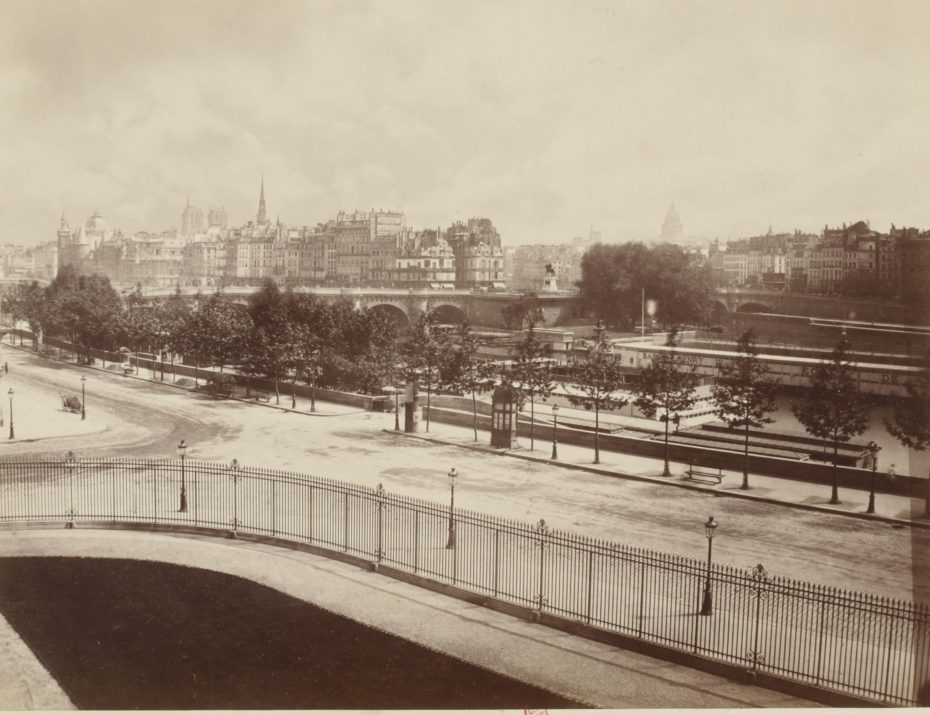
View of the Pont Neuf
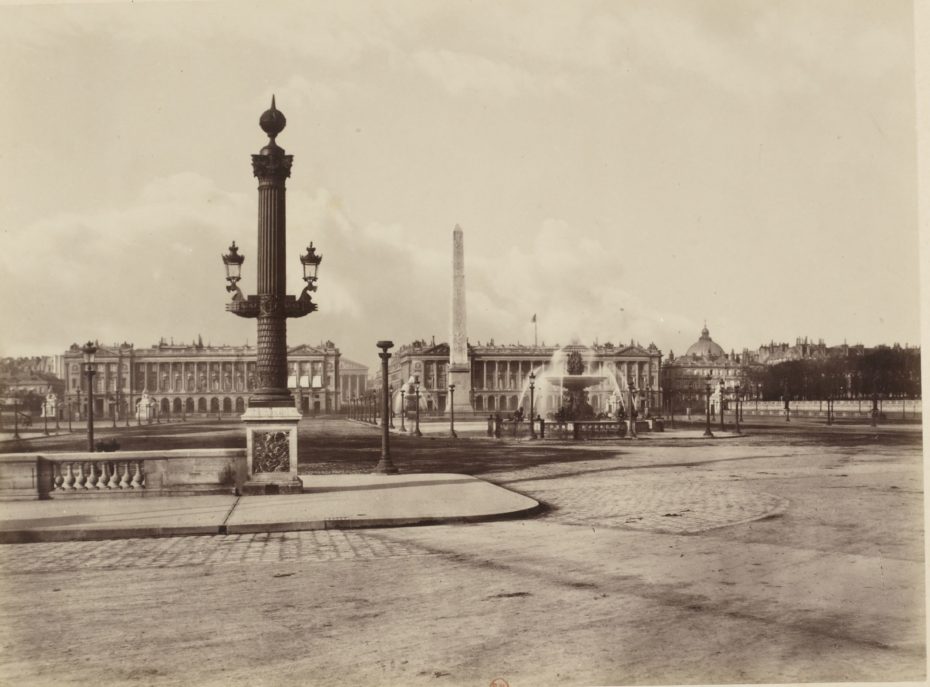
Place de la Concorde
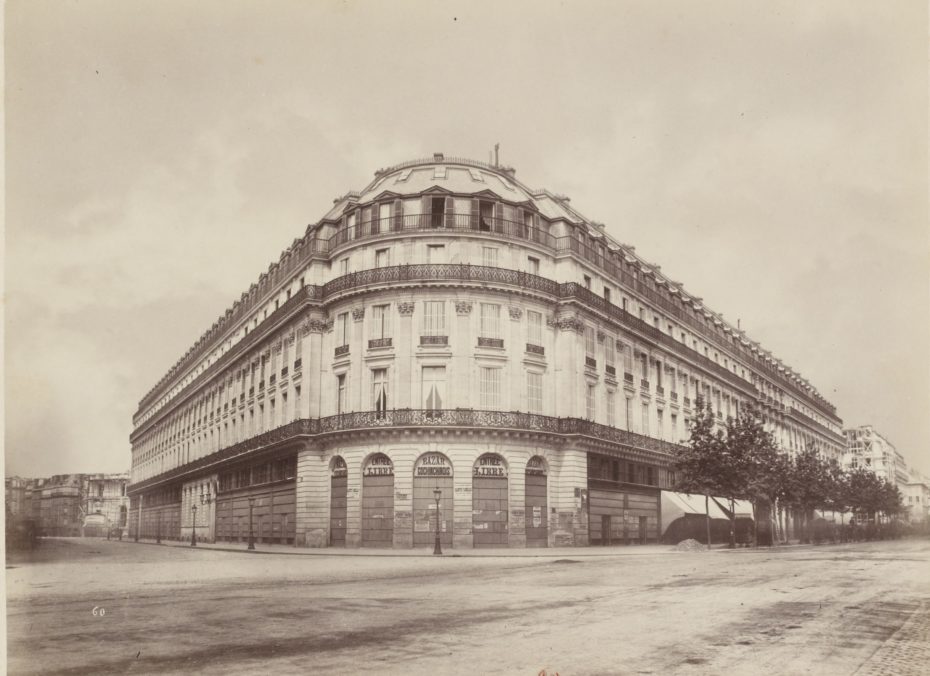
Le Grand Hôtel, boulevard des Capucines
Alas, the explanation is rather less mysterious. The absence of Parisians is due to the very long exposure times of early 19th century photography when the plates lacked light-sensitivity. The first known photograph of Paris, taken in 1839, is similarly devoid of people and traffic. During the ten minute exposure, the only evidence of human presence is a nameless man who, while having his shoes shined, became the first person in history to have their photo taken.
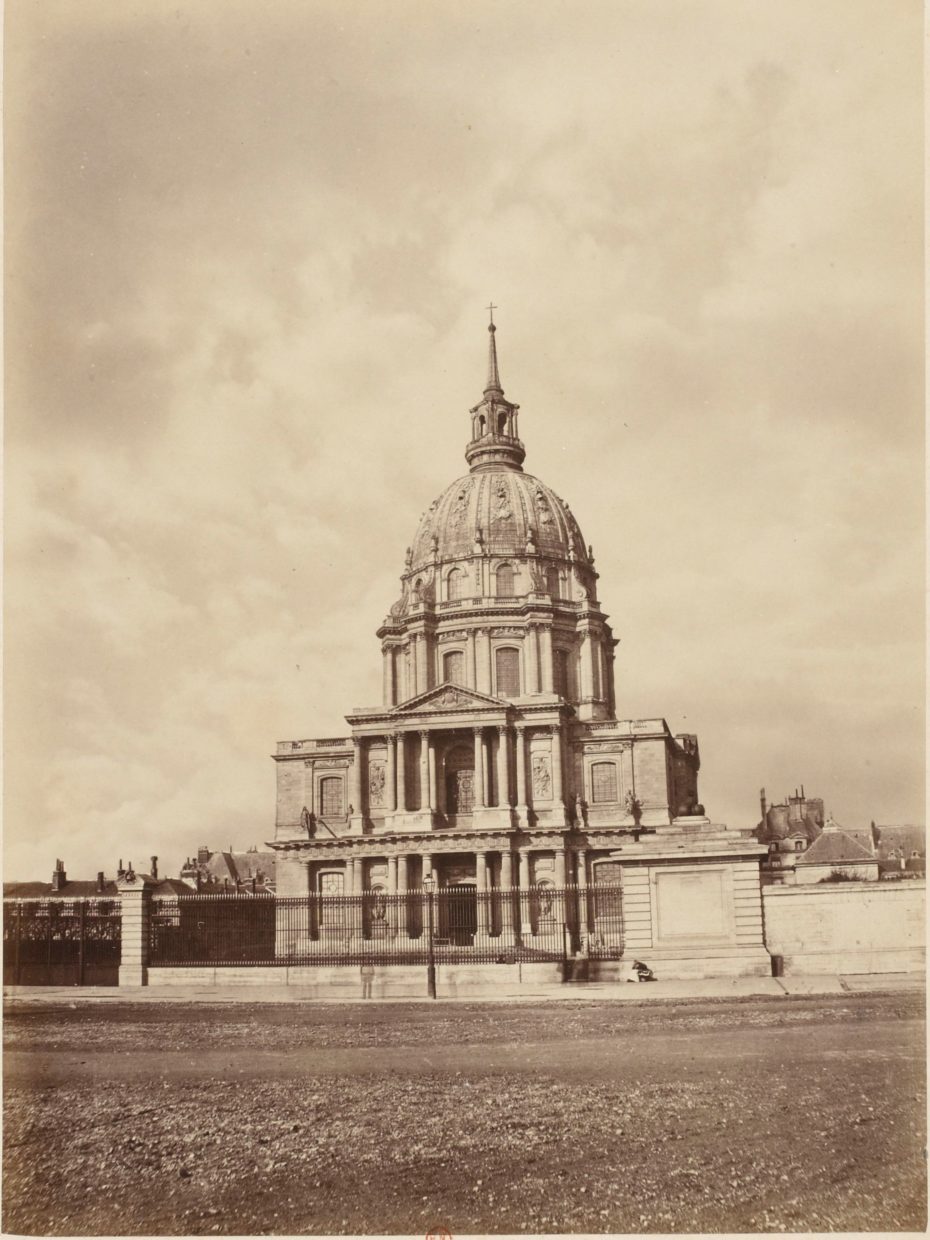
Les Invalides
If you look closely at these photographs, you can see the shadowy outlines of people who was standing still or sitting long enough to be captured in the photograph, like ghostly figures on an empty street. But in fact these streets weren’t empty at all and in a particularly crowded place, you’ll notice a fog-like blur in place of the human stream of traffic.
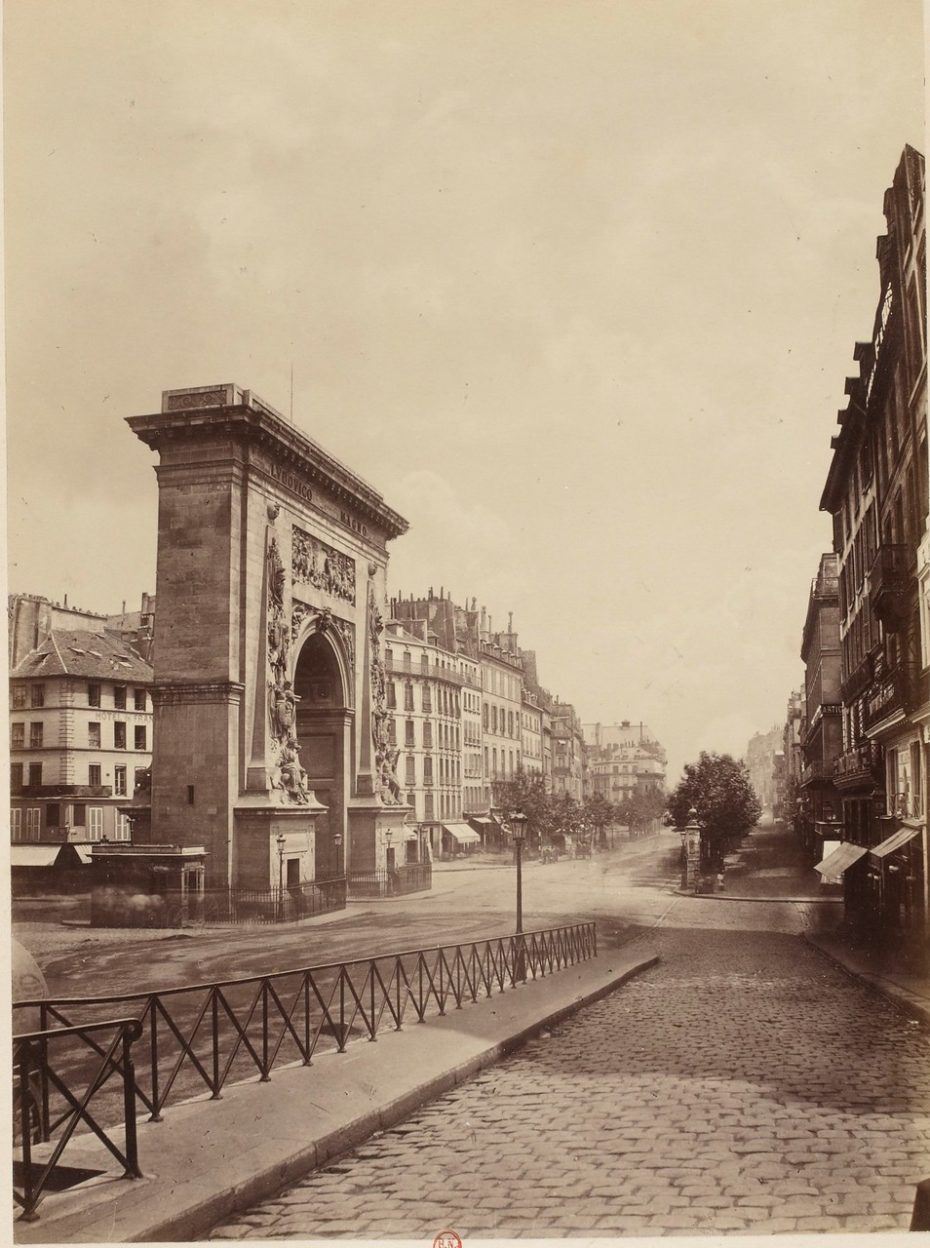
Arch of Saint-Denis
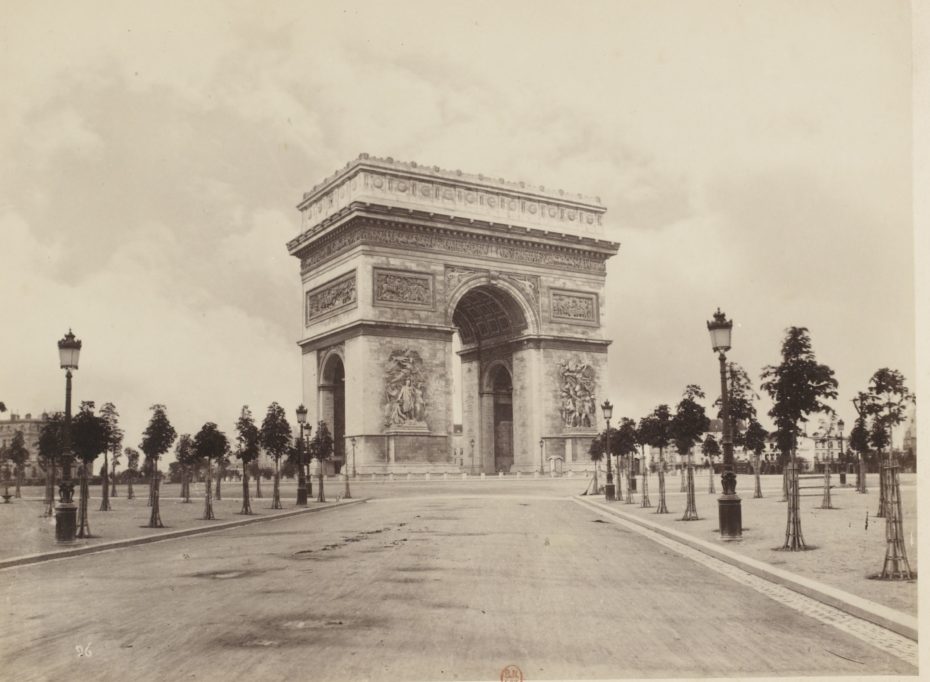
Arc de Triomphe
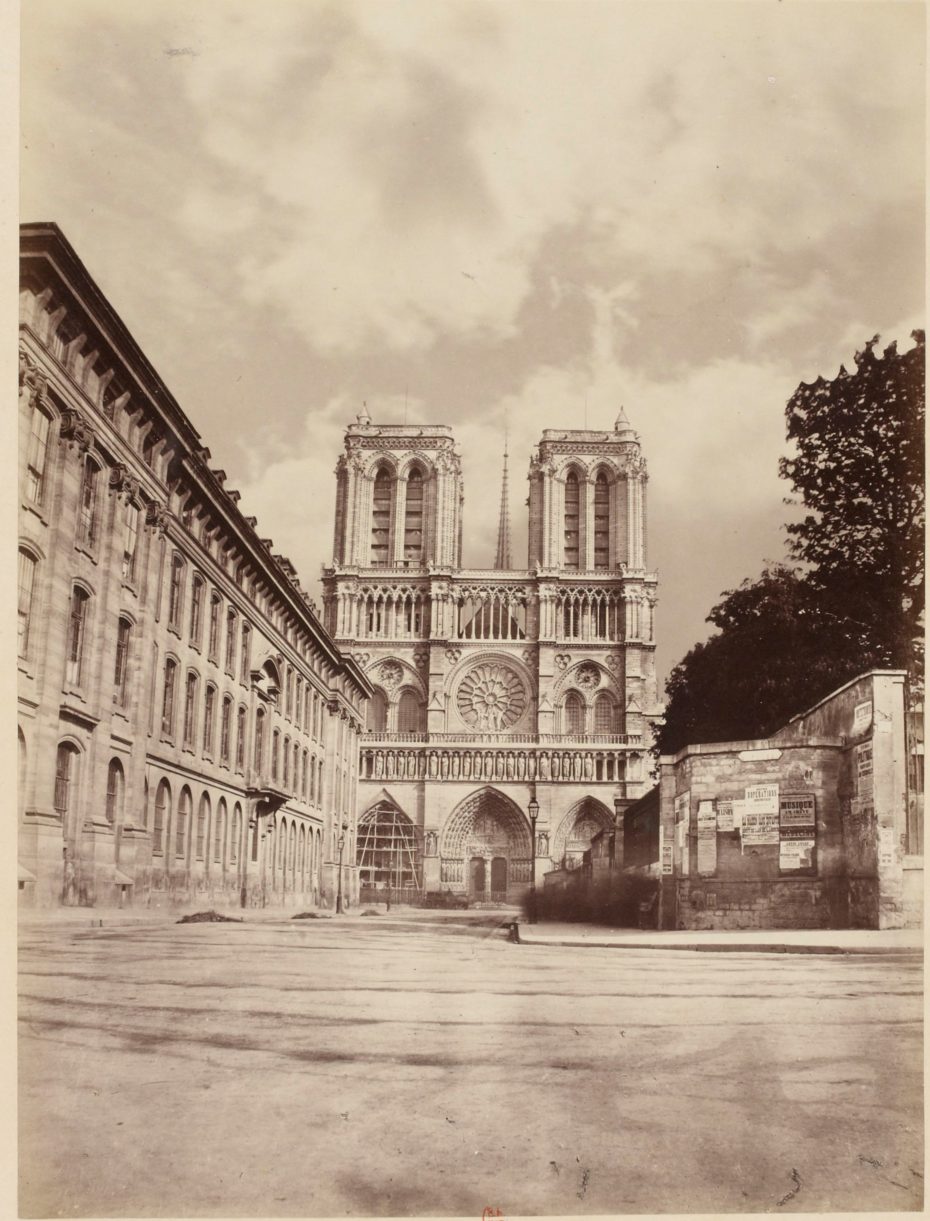
Notre Dame
This collection of images taken between 1865-1870 is the work of Henri-Charles Plaut, entitled, “Types of Paris and its environs”. Plaut was one of a handful of French photographers who captured Paris during Haussmann’s renovation of Paris when much of medieval Paris was demolished in favour of large boulevards, avenues, parks and squares commissioned by Napoleon III.
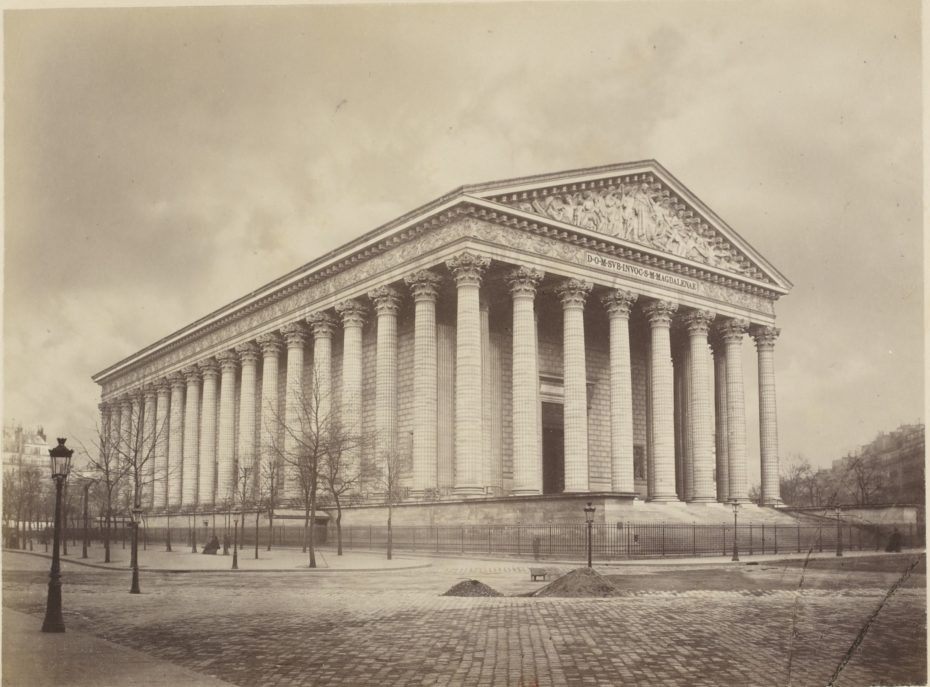
Madeleine
How many monuments can you recognise?
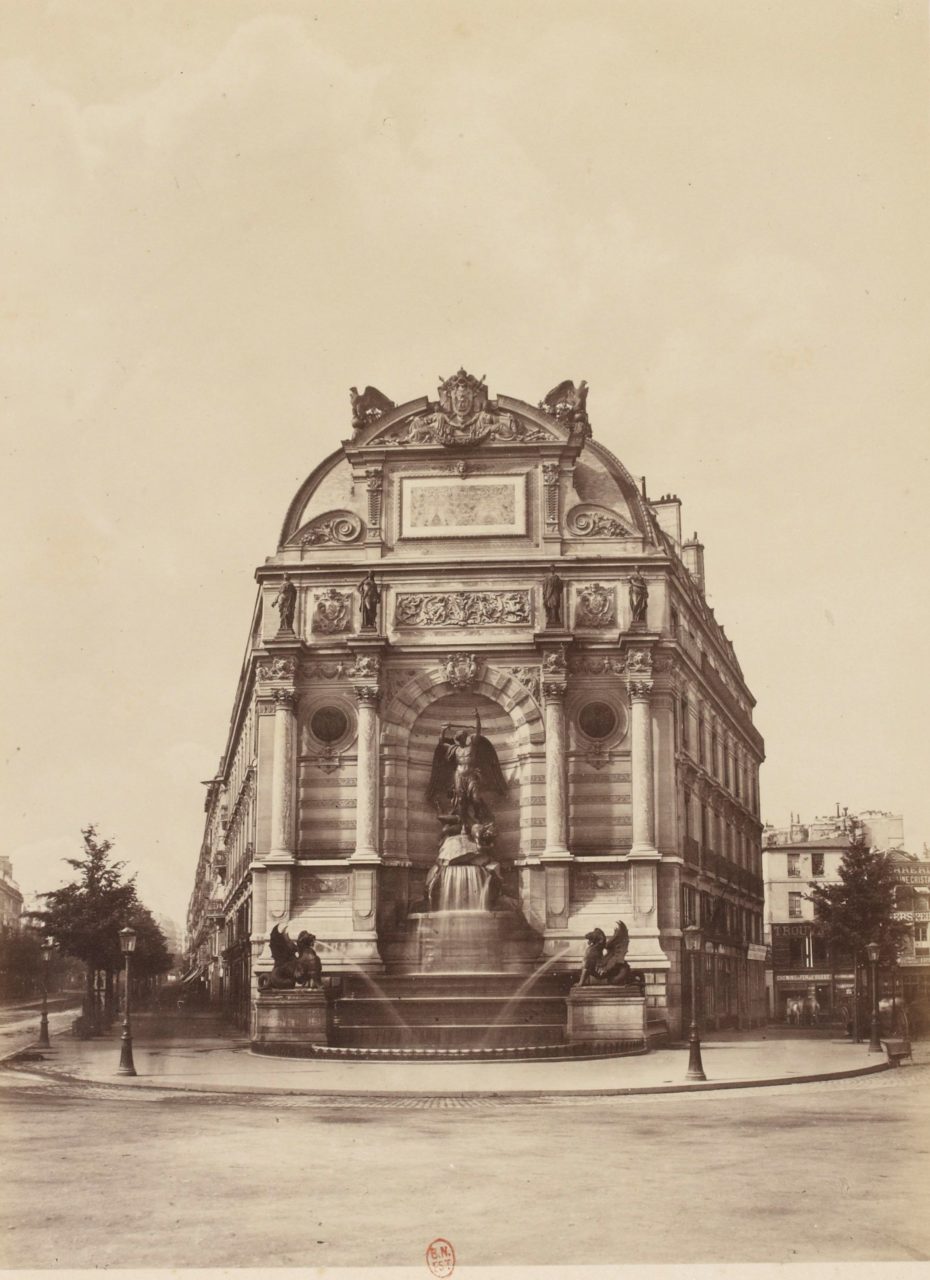
St. Michel
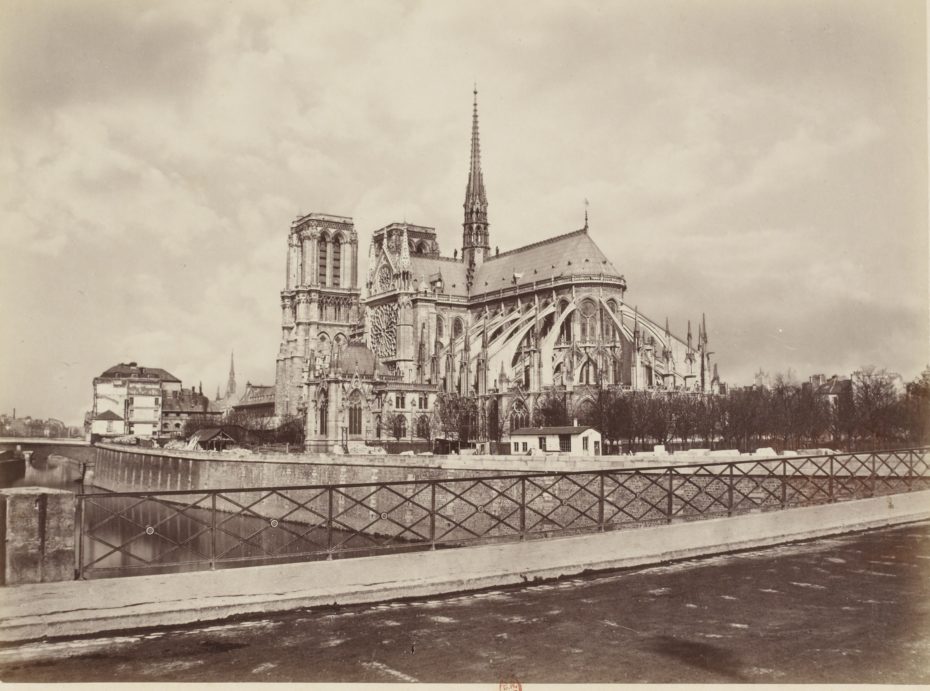
Notre Dame
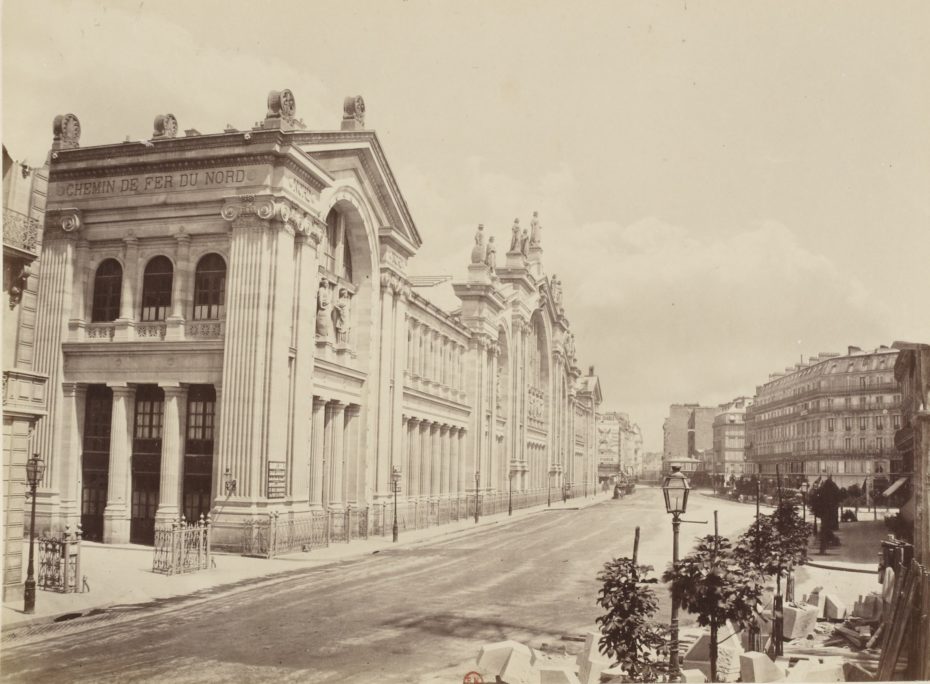
Gard du Nord
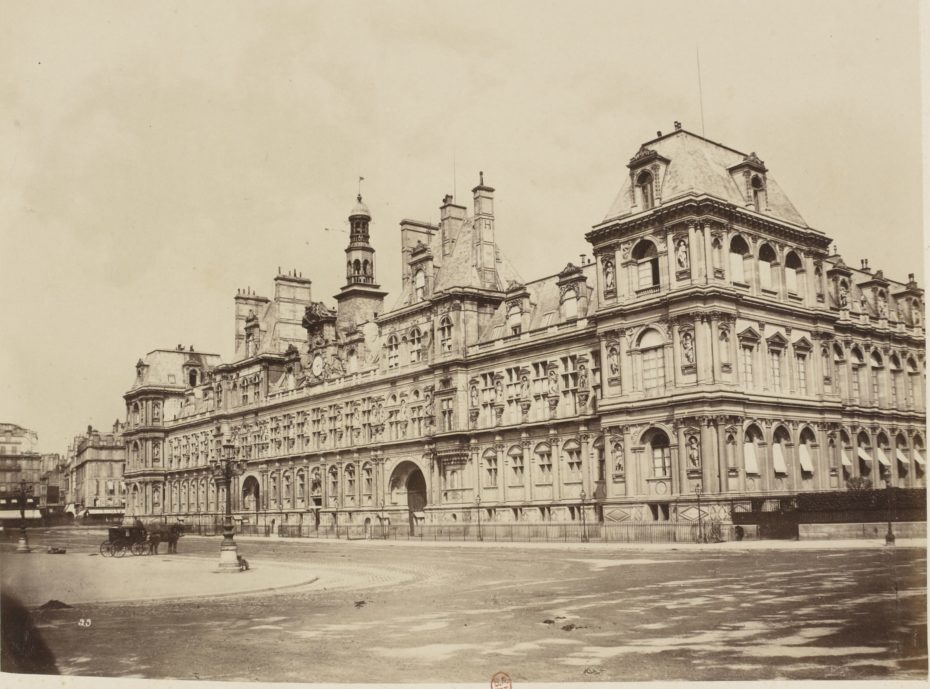
Hotel de Ville
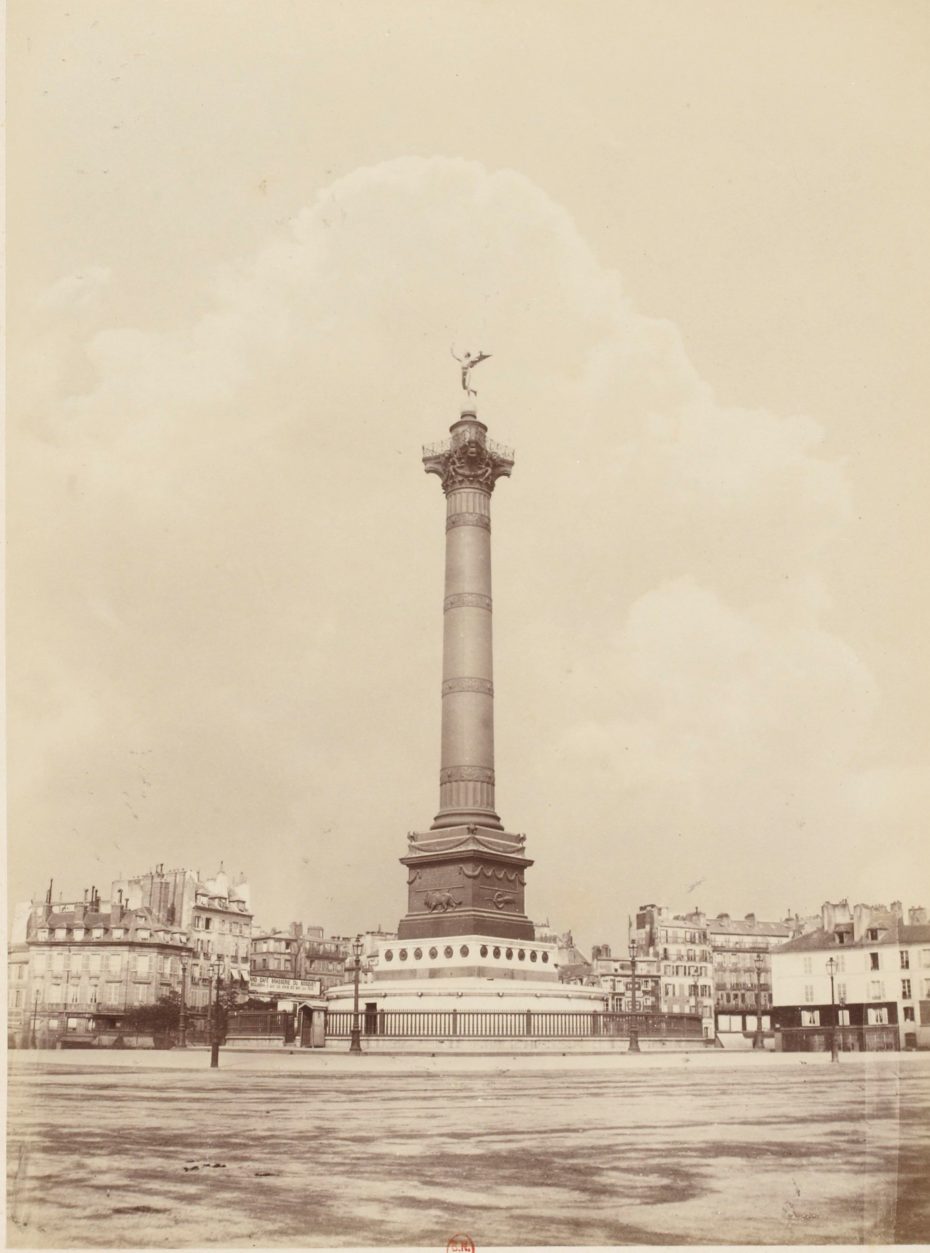
Place de la Bastille
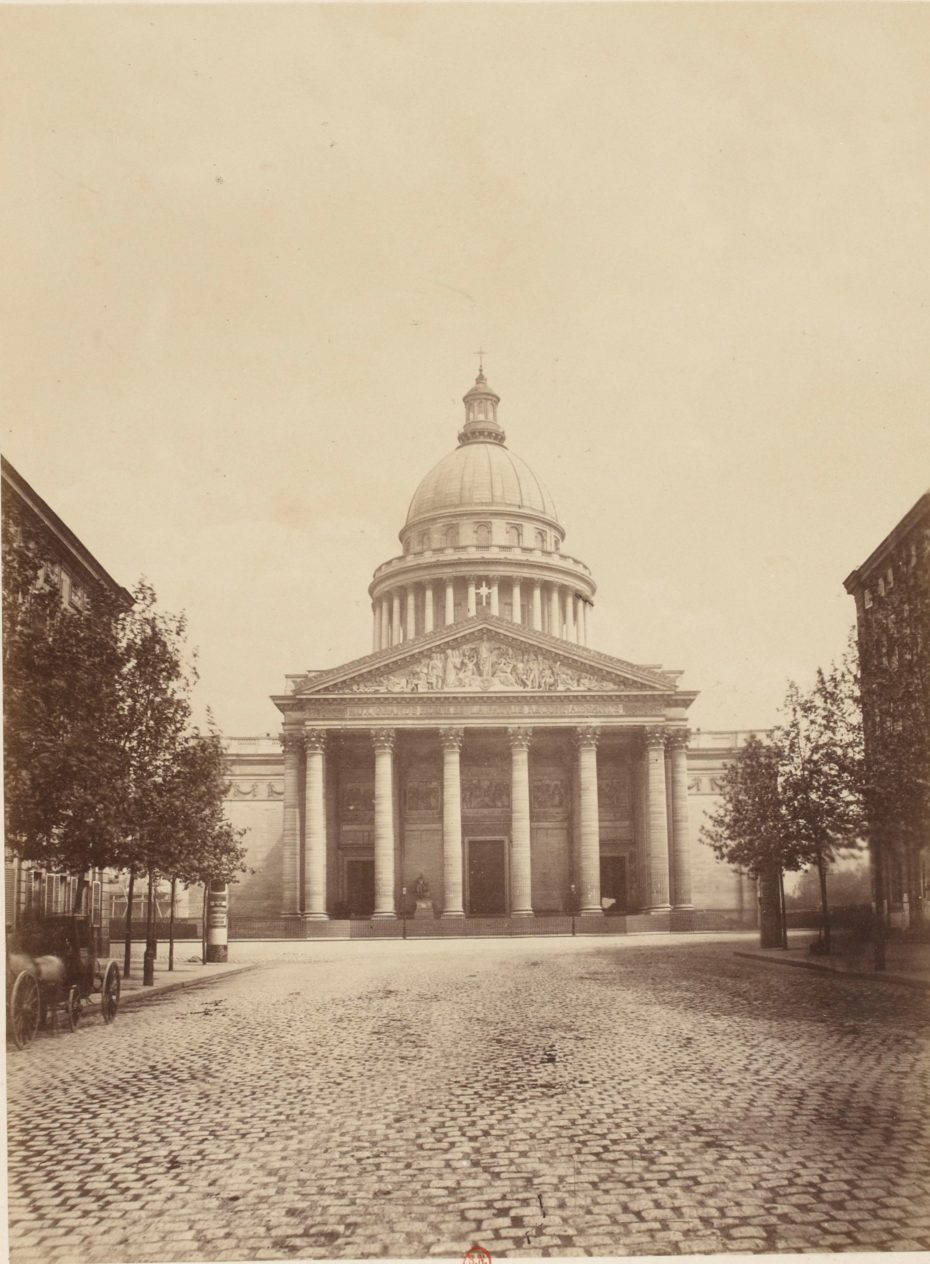
The Pantheon
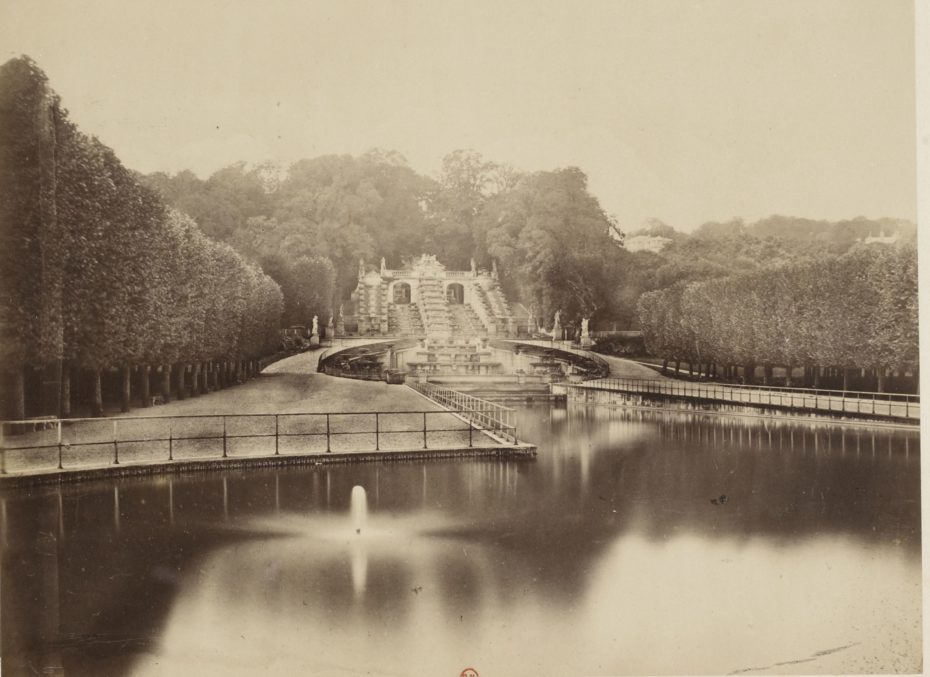
Parc de St Cloud
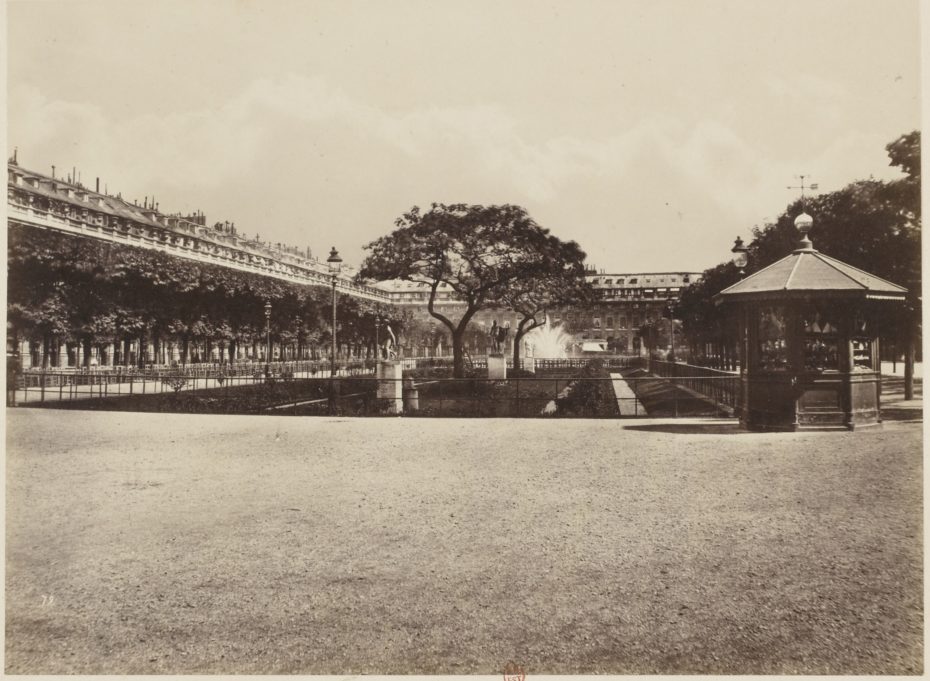
Palais Royale
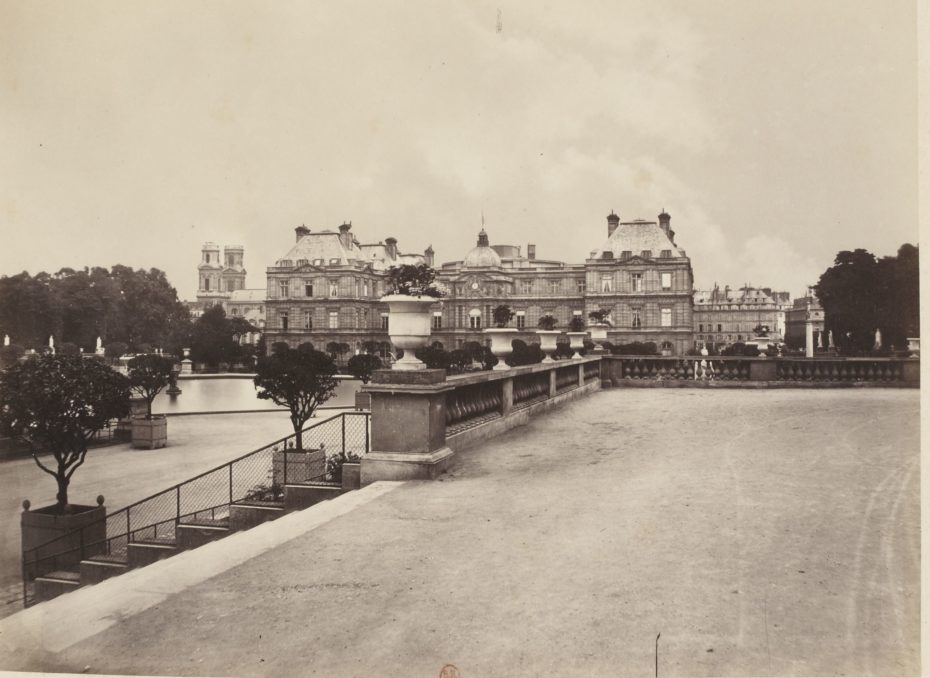
Luxembourg Gardens
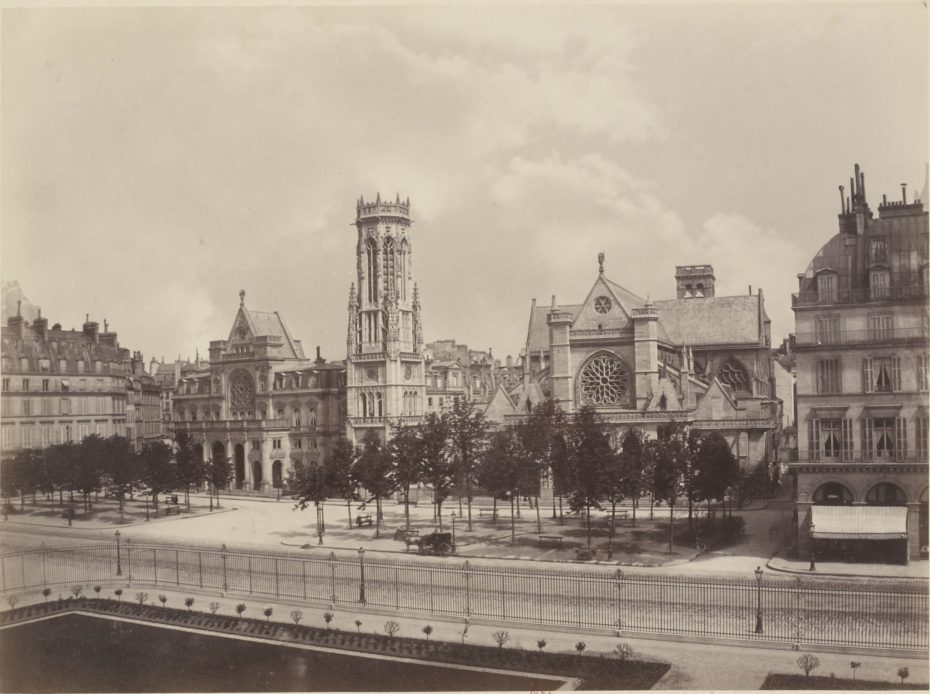
Square du Louvre
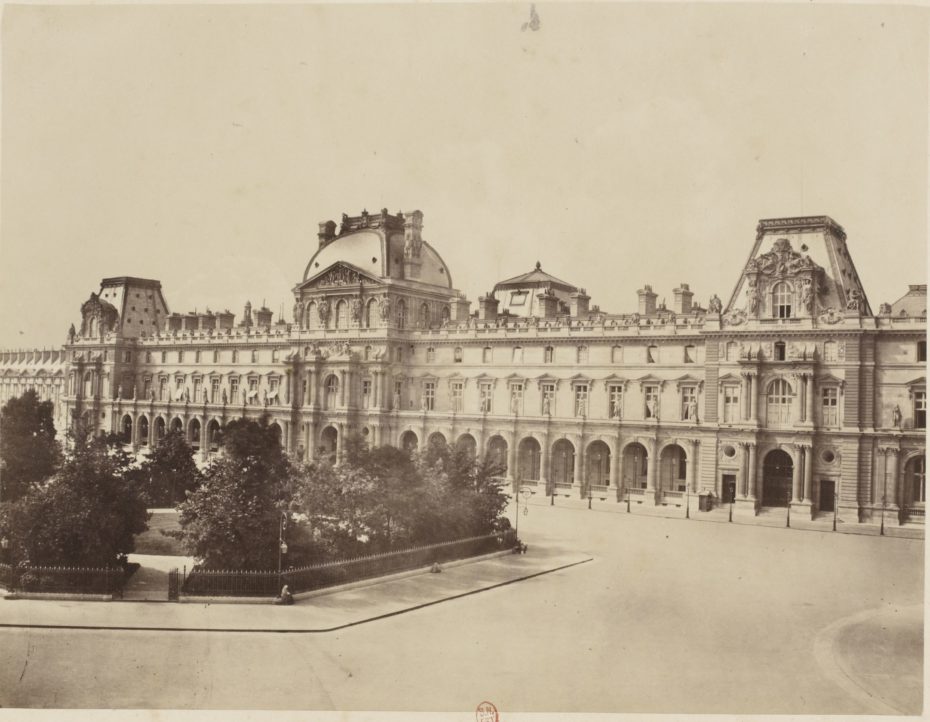
The Louvre Palace
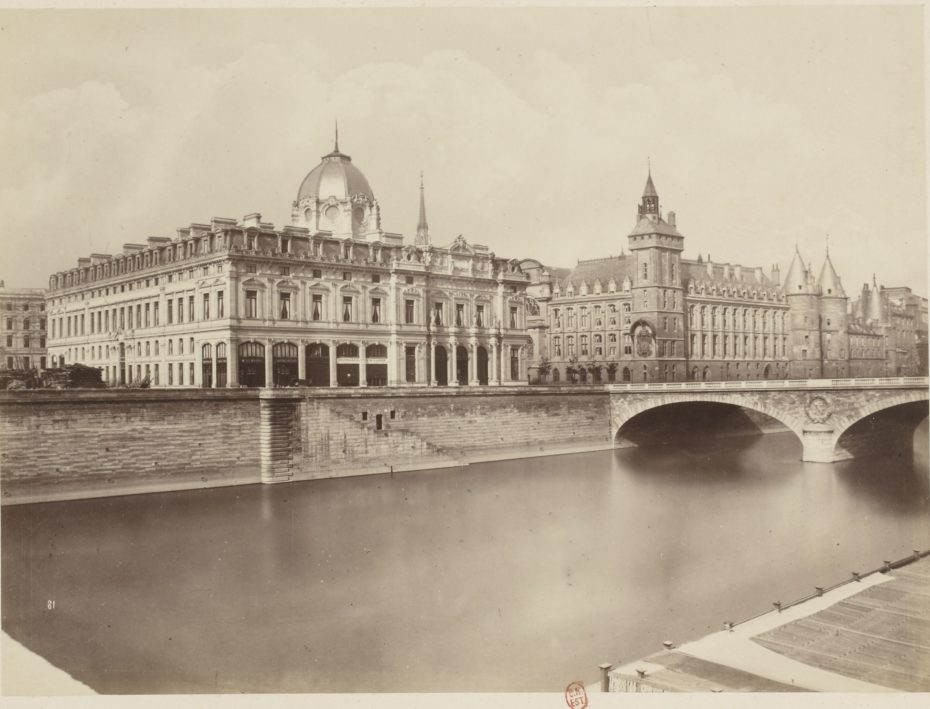
View of Ile de la Cité
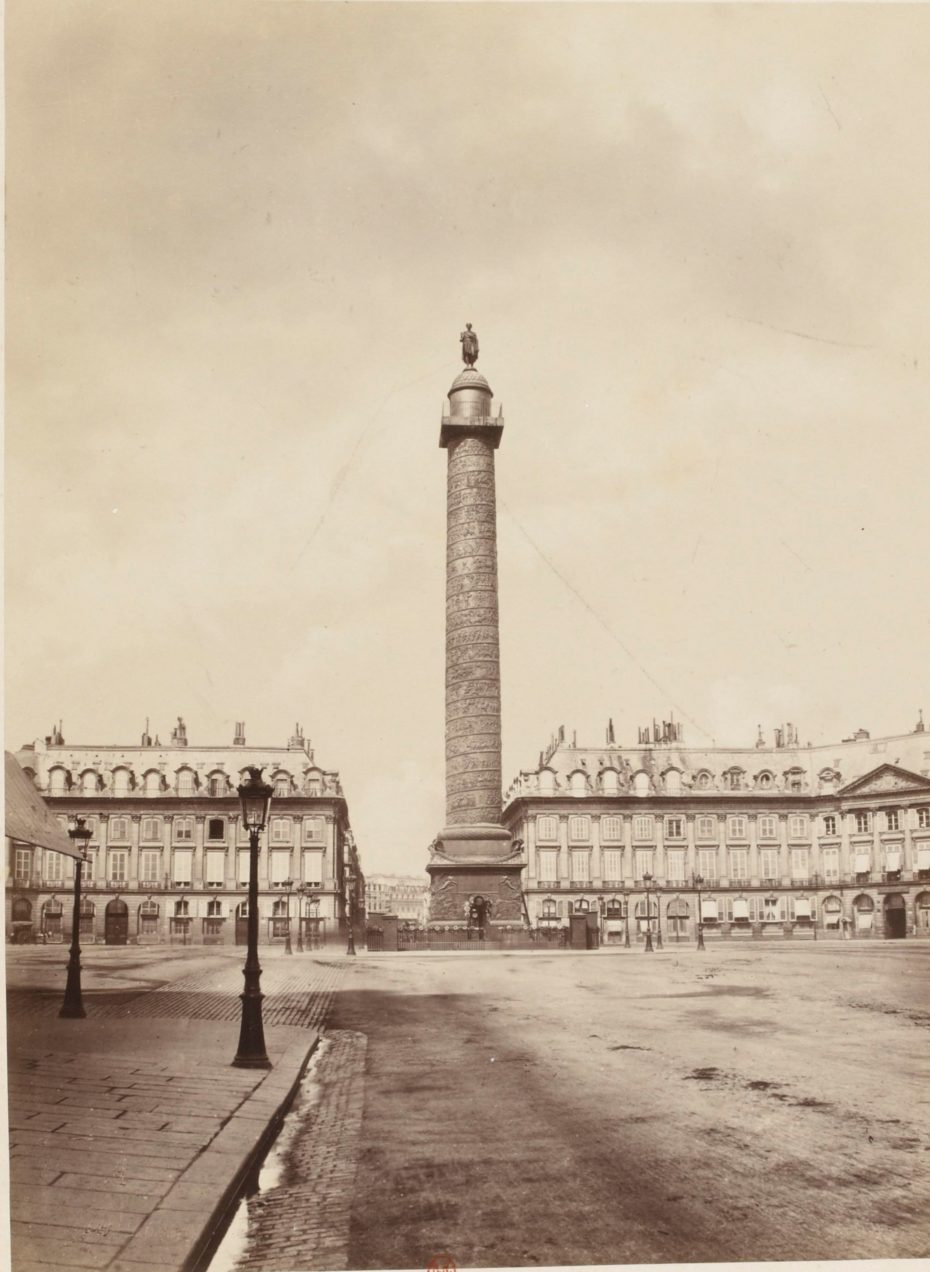
Place Vendome
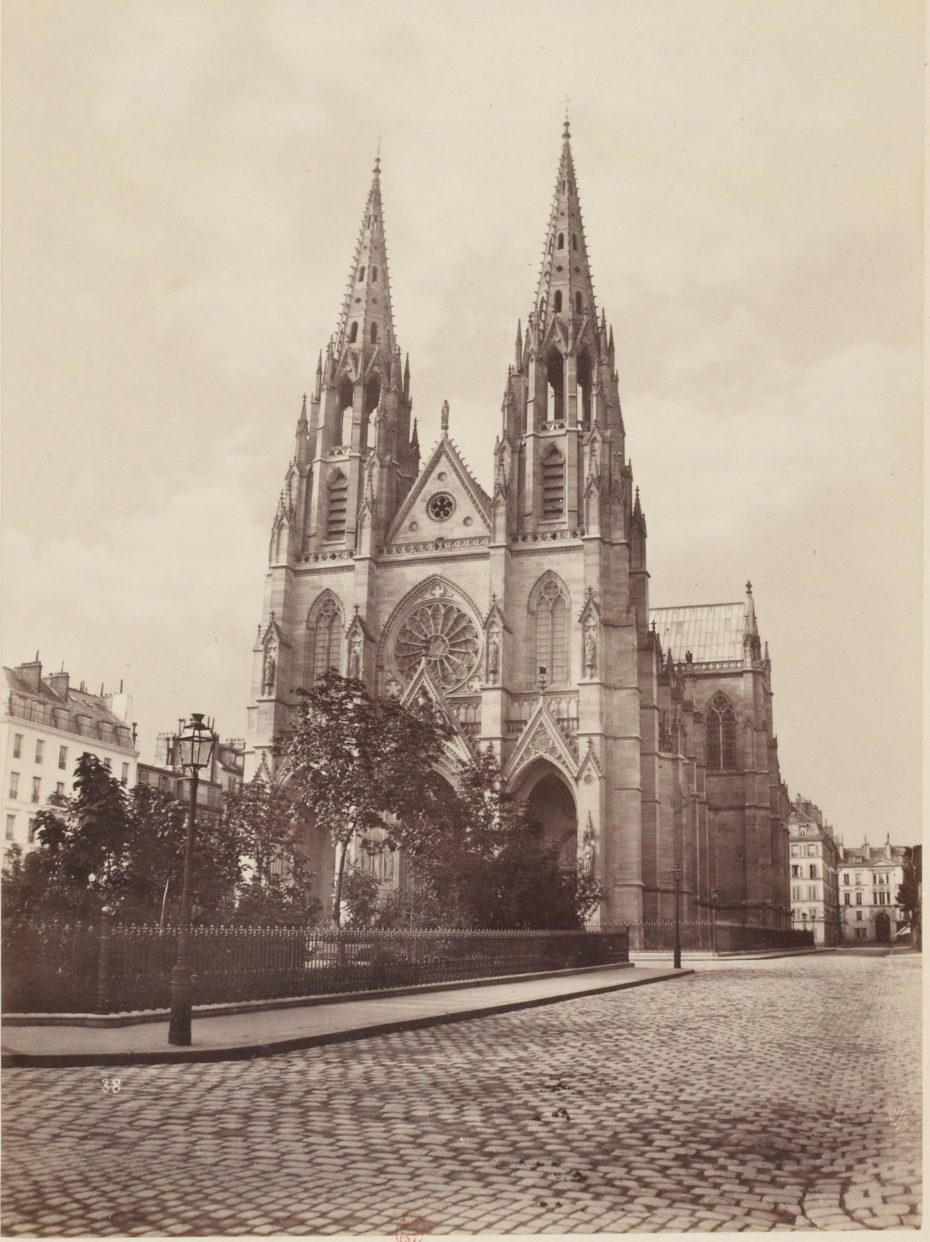
Basilica of St Clotilde
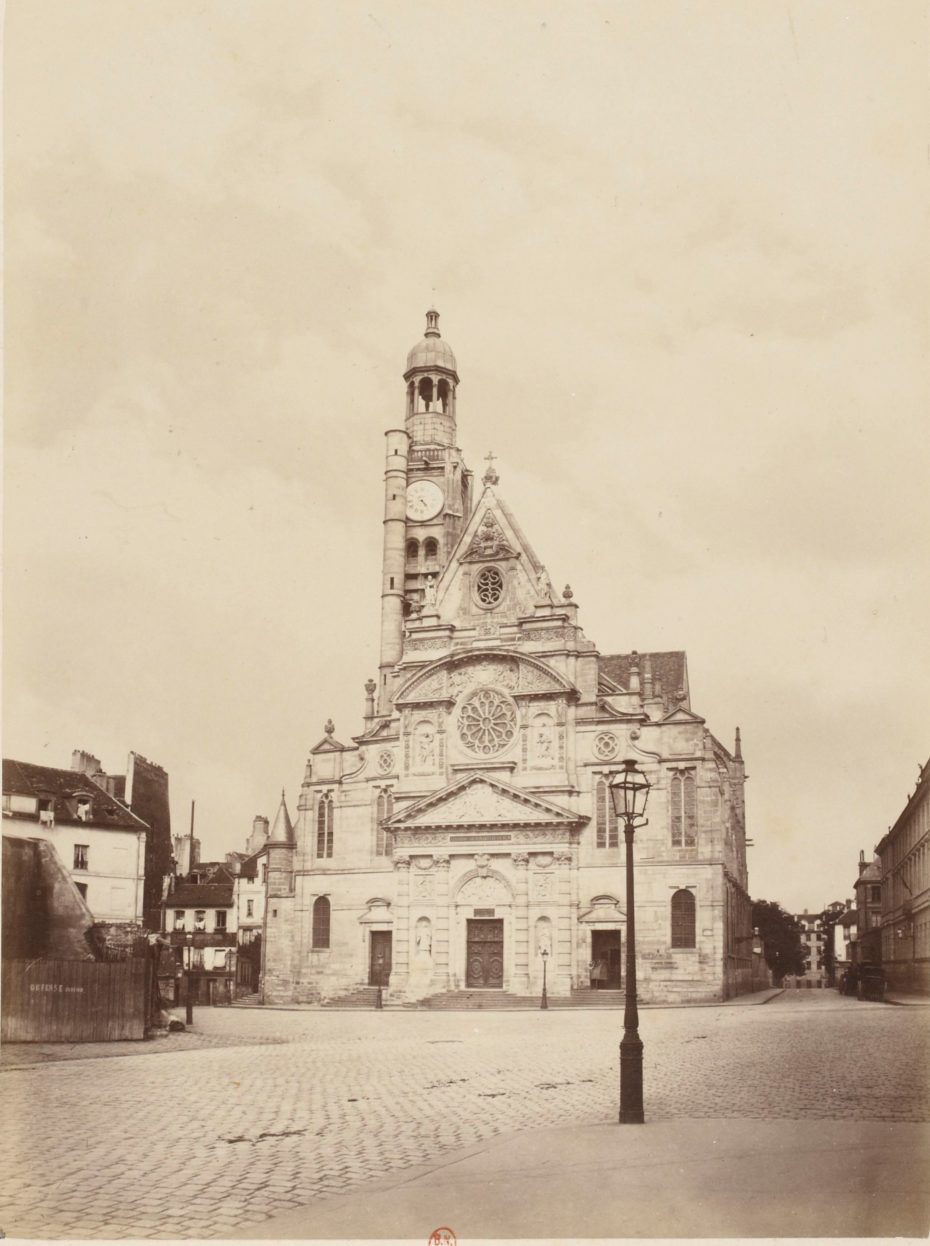
Church of St Etienne du Mont
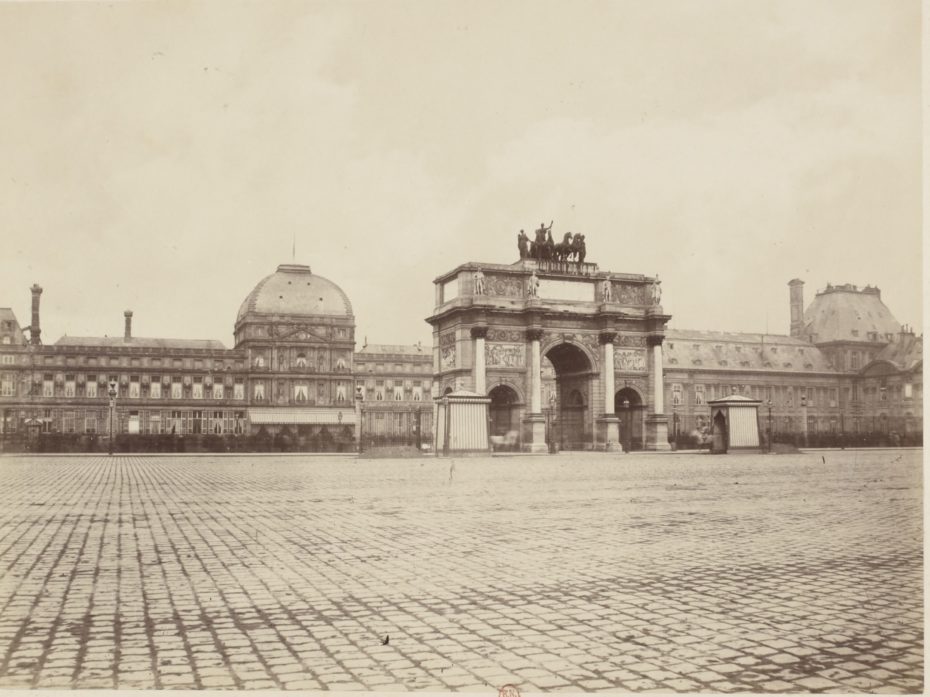
The Louvre Palace
Oh what I would give to have Paris all to myself!


